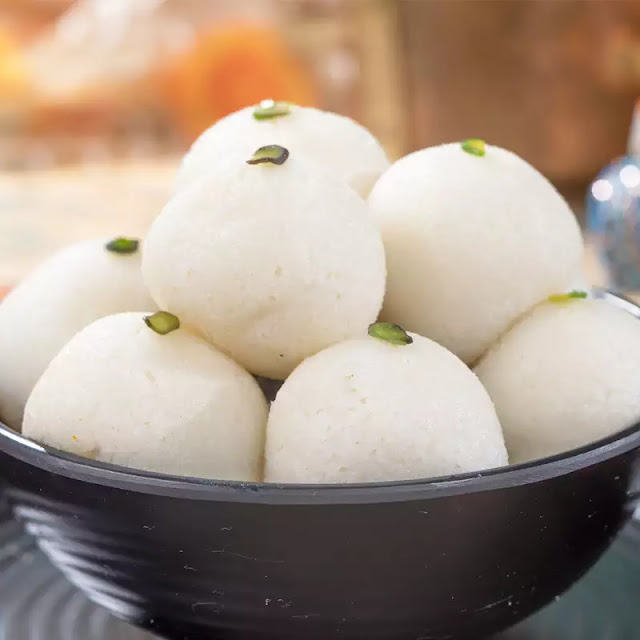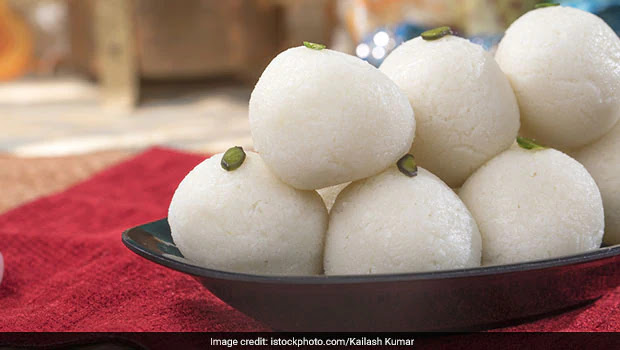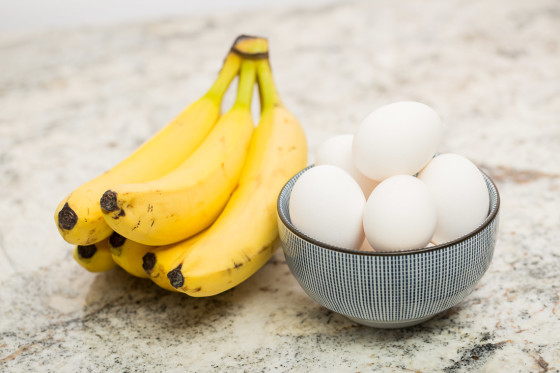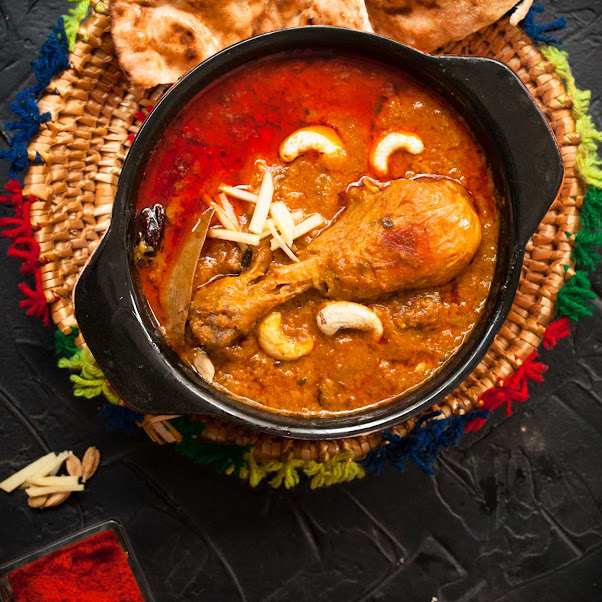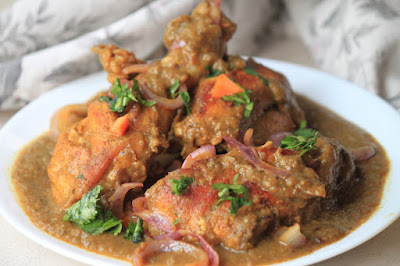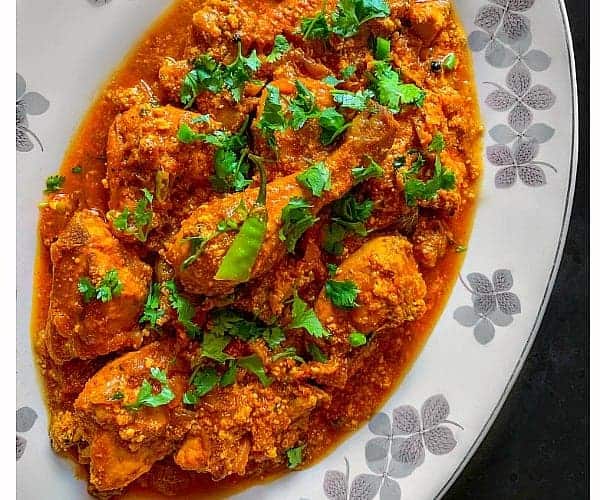Exploring the Sweet Delight: Indian States Famous for Rasgulla
Rasgulla, a delectable and mouthwatering dessert, holds a special place in the hearts of Indians and has even captured the attention of dessert enthusiasts worldwide. Its spongy texture, subtle sweetness, and rich heritage have turned it into an iconic treat. Originating from the eastern part of India, specifically West Bengal, the Rasgulla has gained immense popularity and variations across the country. In this article, we delve into the Indian states that have become synonymous with this irresistible sweet.
West Bengal: The Birthplace of Rasgulla
The journey of Rasgulla begins in the state of West Bengal, where it was first crafted by the ingenious hands of local confectioners. The city of Kolkata, formerly Calcutta, holds the distinction of being the birthplace of this iconic dessert. The Rasgulla is a centerpiece of Bengali cuisine and culture, often enjoyed during celebrations, festivals, and everyday moments of joy.
Odisha: A Sweet Rivalry
While West Bengal takes pride in being the birthplace of Rasgulla, Odisha also lays claim to this sumptuous delight. A friendly culinary rivalry exists between the two states regarding the origin of Rasgulla. In fact, Odisha has its own version known as "Pahala Rasgulla," which is equally cherished by locals and visitors alike. The syrupy goodness of Odisha's Rasgulla reflects the state's unique culinary traditions.
Uttar Pradesh: Adding a North Indian Twist
As Rasgulla's fame spread, it ventured into the northern state of Uttar Pradesh, where it underwent a slight transformation. The Rasgulla here is often larger and softer, soaking up the flavors of the sugar syrup. Uttar Pradesh's take on Rasgulla showcases the diversity and adaptability of Indian culinary practices as a dish originating from the east finds new forms in the north.
Andhra Pradesh: Fusion of Flavors
In the southern state of Andhra Pradesh, Rasgulla encounters a fusion of flavors. Here, the traditional Rasgulla is infused with local ingredients, resulting in a unique taste that appeals to the region's palates. The influence of regional spices and culinary methods gives Andhra Pradesh's Rasgulla a distinct identity while paying homage to its Bengali origins.
Maharashtra: Rasgulla's Western Sojourn
Even in the western state of Maharashtra, Rasgulla has found its way onto dessert menus. Maharashtra's version of Rasgulla often incorporates a touch of local innovation, further expanding the spectrum of Rasgulla varieties across India. The state's embrace of this sweet treat showcases the dessert's ability to transcend geographical boundaries.
Conclusion
Rasgulla, a dessert that transcends states and cultures, has cemented its place as a beloved Indian sweet. Its journey from West Bengal to various corners of the country showcases the adaptability and creativity of Indian cuisine. Whether it's the syrupy Rasgulla of Odisha, the larger and softer Rasgulla of Uttar Pradesh, the fusion-inspired Rasgulla of Andhra Pradesh, or the innovatively adapted Rasgulla of Maharashtra, each state adds its own essence to this timeless dessert.
As you indulge in the spongy delight of Rasgulla, you are also savoring the rich tapestry of India's culinary heritage. So, the next time you relish a Rasgulla, remember that it embodies not just sweetness but also the unity in diversity that defines India.
If you want to read more information about SEO, Cryptocurrencies, Fashion, and much more, just visit --> https://www.theinsidersviews.com
https://anupatel.in/
